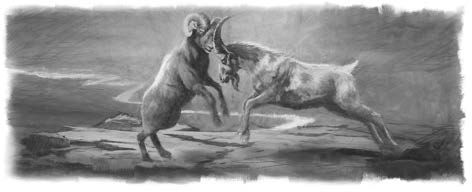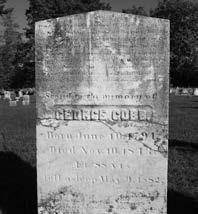George Cobb is the man who died twice.
Little is actually known about Cobb, and no photos of him are known to exist.
But his grave has attracted attention for decades because his tombstone in a cemetery in Brunswick in the U.S. state of Maine bears a birthdate and two death dates. It reads:
Born June 10, 1794 Died Nov. 10, 1848 Fell asleep May 9, 1882
In fact, Cobb was baptized on Nov. 10, 1848, and he asked that the date of his conversion be carved on his tombstone after he was laid to rest in the grave on May 9, 1882, at the age of 88.
“This is one of the interesting examples again of the faith and the willingness and the determination of our pioneers to share their faith in whatever means possible, including having something engraved on your tombstone that will share your faith after you have fallen asleep”, said James Nix, director of the Ellen G. White Estate.
The tombstone includes text from the fourth commandment, “Remember the Sabbath day to keep it holy”.
Nix has sought to find a photograph of Cobb and to track down his descendants, but without success. “I have looked high and low for a picture of Cobb”, he said. “I have asked up here, ‘Are their descendants of Cobb?’ I would like to know about this man who cared that much to leave instructions and money to carve all that extra text on his tombstone”.
Cobb’s unique witness from the grave has touched the hearts of many people, including church members who have stopped by the cemetery.
“He recognized that he needed to die to self and then he truly could become alive”, said Ted N.C. Wilson, president of the worldwide Seventh-day Adventist Church. “So he lived his life in a beautiful demonstration of the contrast between living a life for himself and dying to the old self and becoming a new creature in Christ. What a privilege to see his tombstone”.
Karen Glassford, a third-generation Adventist missionary who works as education and communication coordinator at the church’s Institute of World Mission, said that when she initially saw the tombstone she suspected that the first death date might refer to Cobb’s baptism.
“His tombstone has become such a witness to other people”, she said. “It has made them curious, ‘Why did he die twice?’ I’m sure there will be people in heaven because of that man’s tombstone”.

